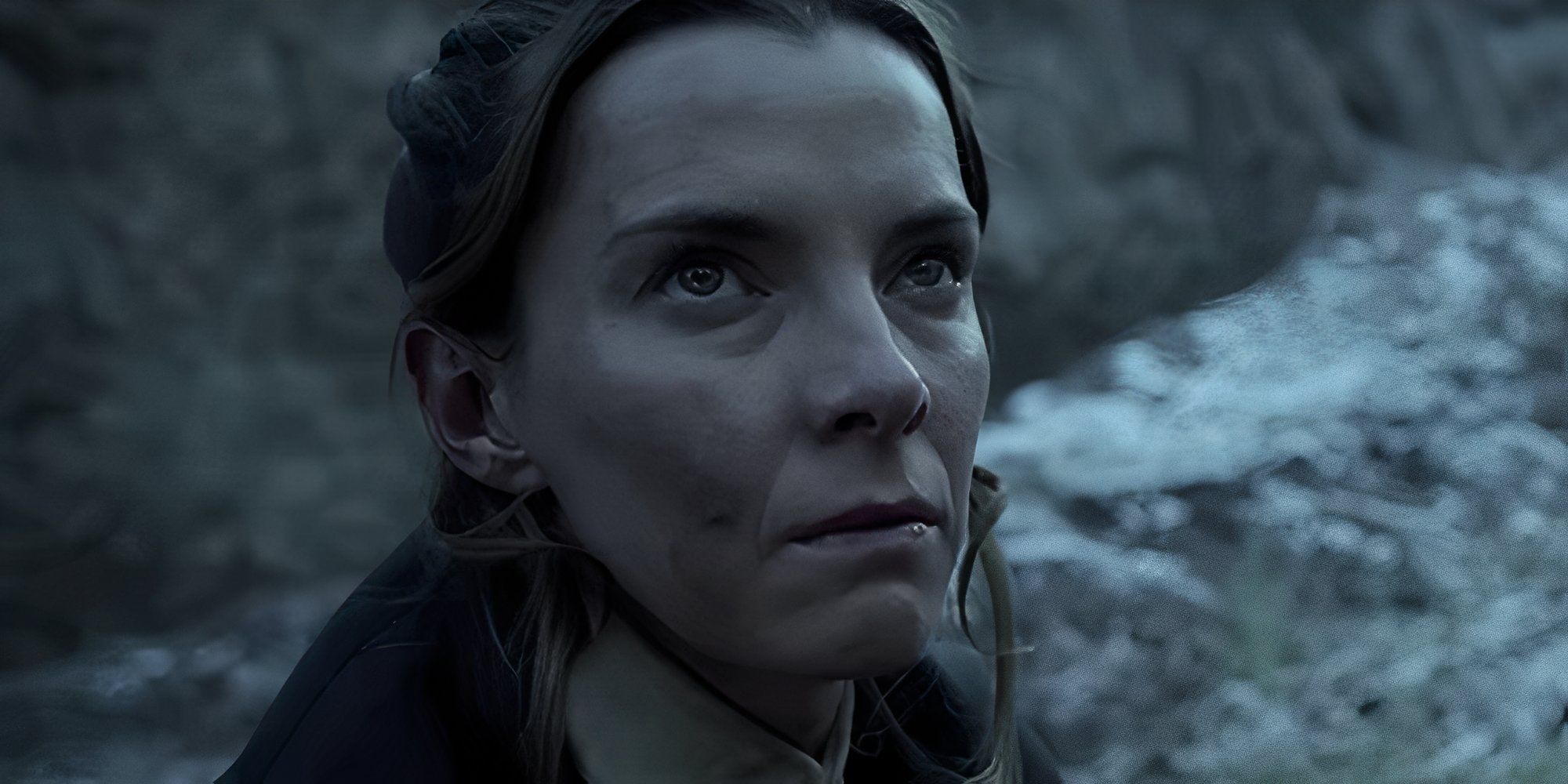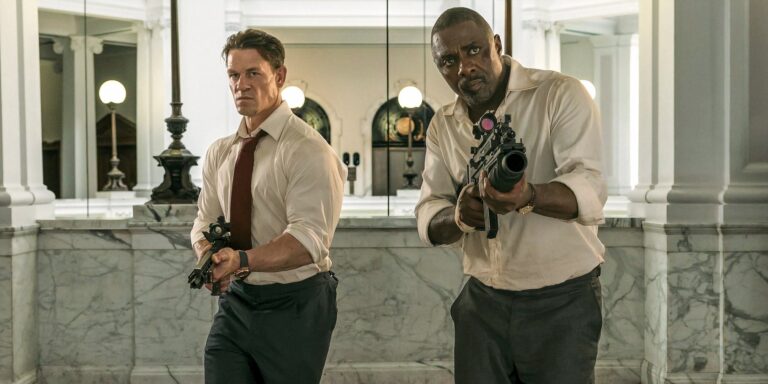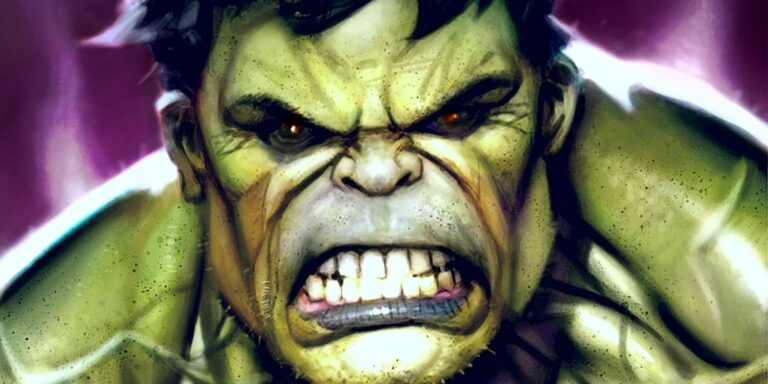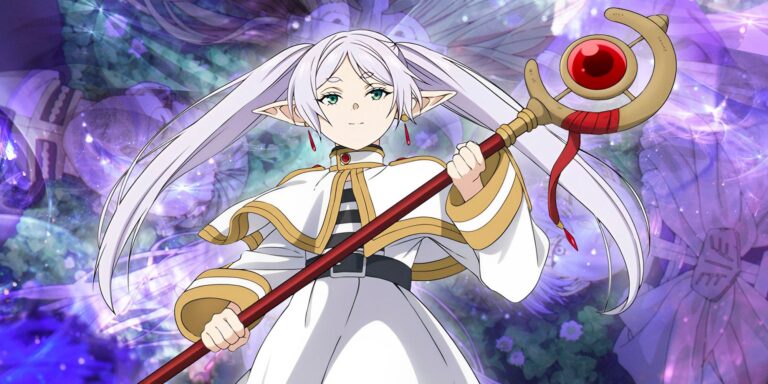The Revenant is one of my favorite movies of all time, blending historical fact and fiction with memorable action and characters, with grim realism tying the story together. So I was excited to learn that one of the film’s writers, Mark L. Smith, would be teaming up with director Peter Berg (Lone Survivor; Patriots Day) for American Primeval, a Western miniseries on Netflix set during the mid-19th century. The story promised a gritty look at the most lawless part of the United States in 1857, with a premise of intriguing ideas that felt reminiscent of Smith’s impressive 2015 drama.
American Primeval‘s trailers have promised plenty of Western action, which the series sets up immediately. The series begins by following Sara (Betty Gilpin) and her son, Devin (Preston Mota), as they seek passage to a town where her husband awaits her. After coming across a shockingly gritty trading post run by Jim Bridger (Shea Whigham), the pair eventually take refuge with a traveling Mormon convoy, led by Jacob Pratt (Dane DeHann). While all starts well, a devastating attack leads to horrifying consequences, resulting in a mixed bag for the six-episode miniseries.
American Primeval’s Dark & Gritty Story Brings In Some Stellar Action
The Series’ Mood Is Also Its Greatest Strength
Out of every recent Western TV show, American Primeval is one of the darkest, refusing to shy away from the terrors of its time. This includes the systematic destruction of Native peoples, alongside the conflict between various factions vying for power in the region. It’s favored by an ensemble cast of characters, whose stories offer differing perspectives on the sprawling consequences the attack ends up having. Sara is just one survivor, with Jacob seeking answers about what happened. His wife, Abish (Saura Lightfoot-Leon), is another key figure, as are those who committed the horrifying actions.
Although some rather thin storylines prevent it from being one of the best Western shows ever made, the story is often dressing for the tone and exploration of a snapshot of the time period.
This mixture of perspectives offers detailed portrayals of the hardships and horrors that unfold, from gory group battles to small, intense gunfights. Thanks to a story that results in many characters going to various locations, the varying degrees of darkness get a spotlight at various stages of the series. However, there was a point where the gritty realism became so overwhelming that I started to grow numb to its violence and gore. But that appears to be the point; embedding us within the unforgiving environment so much, we become just as desensitized as its characters.
Related
Horizon: An American Saga Chapter 2 Review – 6 Hours In & Costner’s Western Still Seems Like TV [Venice]
I should be able to applaud Costner’s insistence on theatrically released movies, but after seeing Horizon: Chapter 2, I’m still scratching my head.
Luckily, the story is compelling enough that American Primeval‘s dreary, heart-pounding events don’t detract from the show. If anything, the raw portrayal of Sara’s horrifying struggle for survival, alongside other characters’ own challenges, make the bleak landscape feel more lived-in. Although some rather thin storylines prevent it from being one of the best Western shows ever made, the story is often dressing for the tone and exploration of a snapshot of the time. It’s something that is, unfortunately, hindered by one fatal flaw.
Characters In American Primeval Aren’t Very Memorable
There’s An Unfortunate Shallowness To The Ensemble
As the show continues, multiple characters get introduced, from the no-nonsense Isaac (Taylor Kitsch), who becomes a critical character in Sara’s travels, to the merciless Red Feather (Derek Hinkey), seeking revenge for the suffering of his Native peoples. However, despite some interesting dynamics that play out as these various stories progress, the characters themselves are rather one-note. While they embody a variety of Western archetypes and have their own story arcs, not unlike characters in Yellowstone, Hell on Wheels, or other recent shows in the genre, they don’t go much farther than that.
This dampened the impact of many story beats, which didn’t carry as much weight because I didn’t feel a strong connection to any particular character. While Whigham’s Jim was my favorite, just above DeHann’s Pratt and Joe Tippet’s Mormon officer James Wolsey, none of them ever truly elevated above the general characterizations established when they first showed up. This led to an ebb and flow of caring about characters when they faced traumatizing events, and not caring as much during downtime. American Primeval‘s high-octane moments assist with this but don’t dissolve the problem.
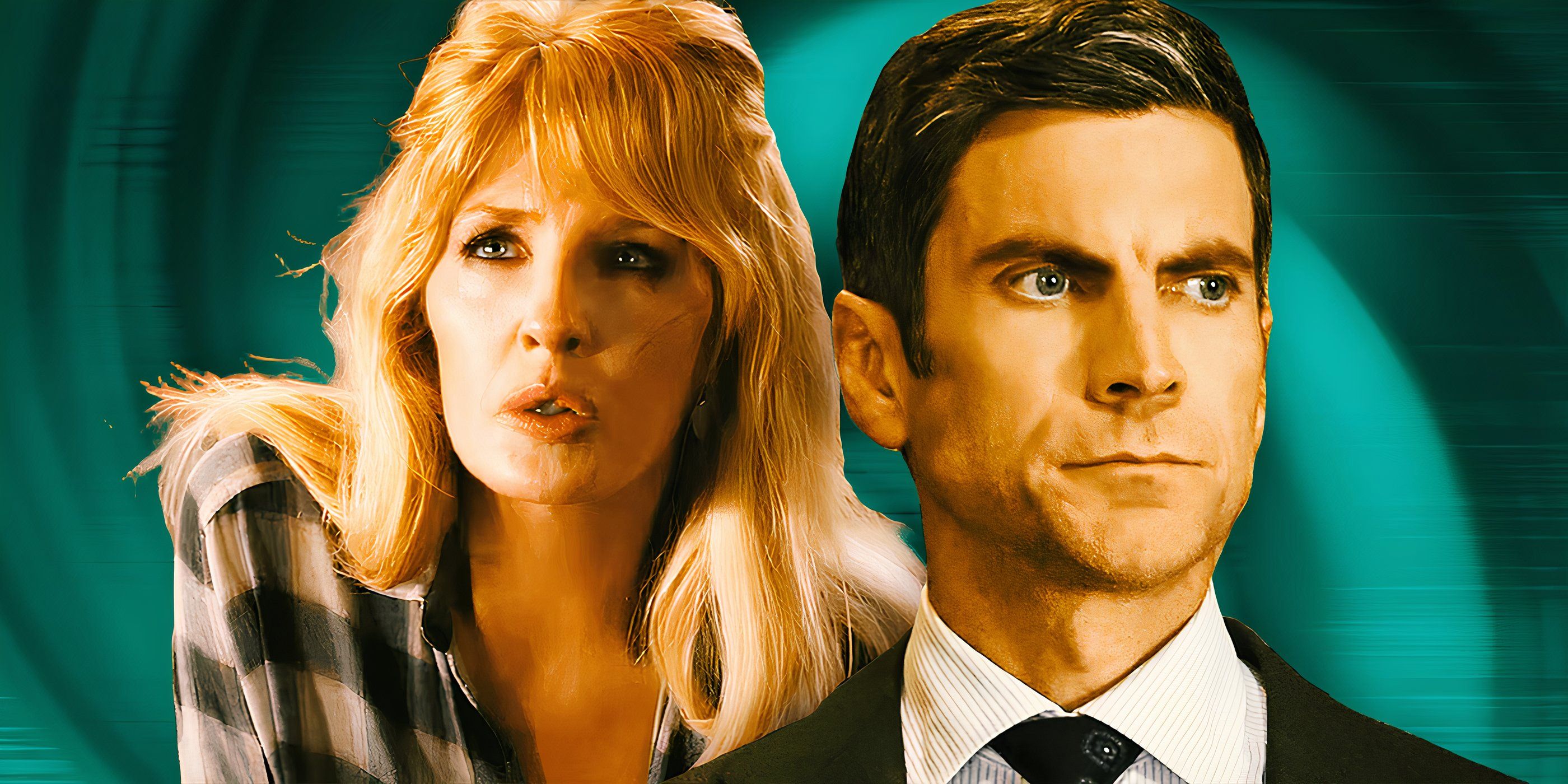
Related
Yellowstone Season 5, Episode 14 Review: Taylor Sheridan’s Predictable Finale Is A Devastating Emotional Letdown
The Yellowstone season 5 finale is evidently supposed to serve as a series finale, but the show’s last episode, “Life Is a Promise,” falls flat.
Even so, the Netflix original is still a serviceable Western, especially for those seeking something darker than Yellowstone with a sprawling narrative akin to Horizon: An American Saga. While the characters are rather surface-level, the show’s dark storyline coupled with an unflinching look at the mid-19th century West, makes for a show that puts mood above all. While it wasn’t always my cup of tea, those who like the tone of The Revenant will be pleased with American Primeval, even if it falls a little short.
All episodes of American Primeval are now streaming on Netflix.
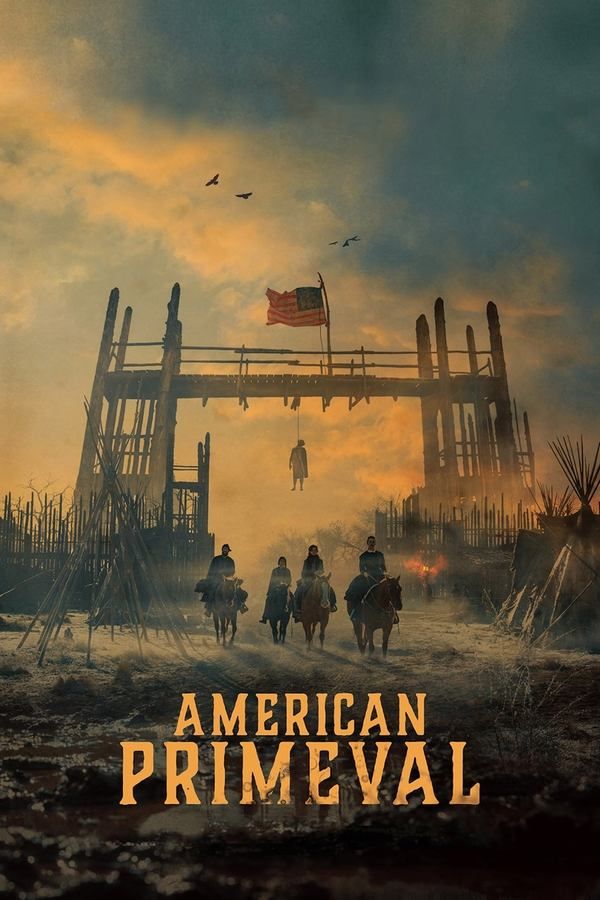
American Primeval – Season 1
- Grim mood and events make for a dark Western filled with tense scenes.
- Impressive action sequences elevate the gritty presentation.
- An ensemble cast brings a multifaceted story to life.
- Shallow characters make it difficult to always care about what’s happening to them.
- The bleak tone occasionally overshadows everything else about the show.
